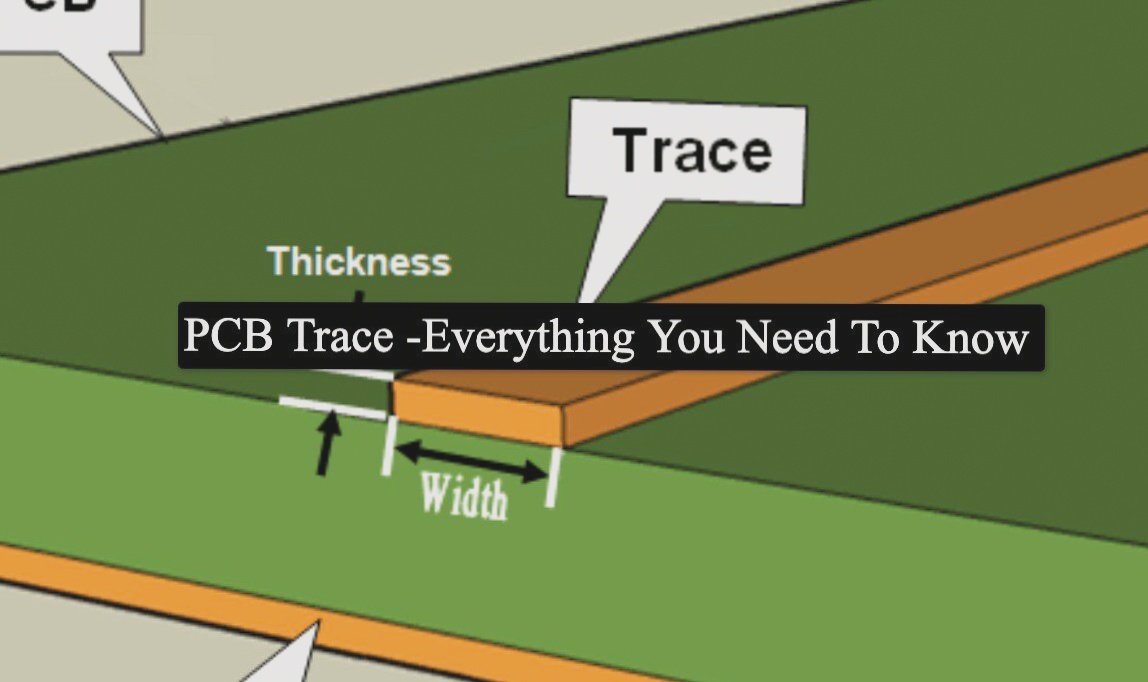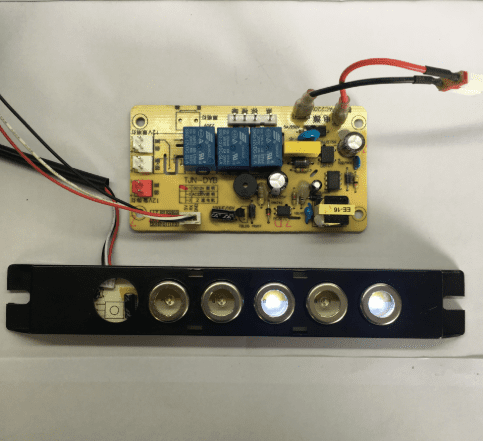PCB Surface Treatment Techniques
-
Hot Air Leveling (Tin Spraying)
Hot air leveling, or tin spraying, coats the PCB surface with molten tin or lead solder. Compressed air levels the coating, preventing copper oxidation and ensuring good solderability.
During this process, solder and copper form intermetallic compounds, enhancing the PCB’s performance.

-
Organic Solderability Protective Agent (OSP)
OSP treats copper foil surfaces of PCBs to comply with the RoHS directive. It forms an organic film for anti-oxidation and resistance to heat and moisture, ensuring solid solder joints during high-temperature soldering.
-
Nickel Plating and Gold Plating
Nickel plating prevents diffusion between gold and copper, with soft gold for chip packaging and hard gold for electrical interconnections.
-
Gold Sink
Gold sink, a nickel-gold alloy layer, protects PCBs long-term with excellent electrical properties and environmental tolerance, preventing copper dissolution.
-
Tin
Tin-based solders form flat intermetallic compounds, offering weldability similar to hot air leveling without the flatness issues. Tin-plated boards require immediate assembly after tinning.
-
Heavy Silver
Heavy silver deposition technology provides good solderability under heat, humidity, and pollution conditions, though it may lose luster over time.
-
Chemical Nickel Palladium
Chemical nickel palladium plating with a palladium layer enhances corrosion resistance, preparing the surface for robust gold plating.
-
Hard Gold Plating
Hard gold plating enhances wear resistance, ideal for applications involving frequent plugging and unplugging.




